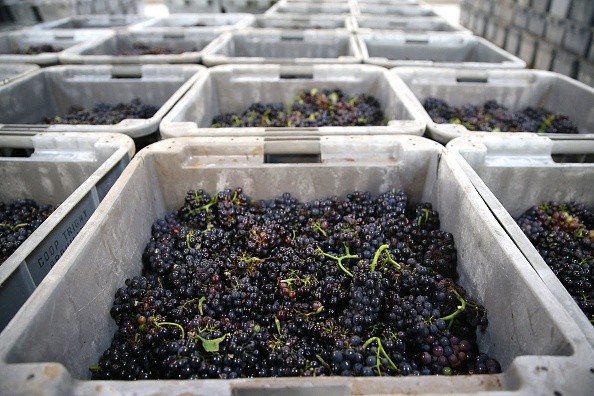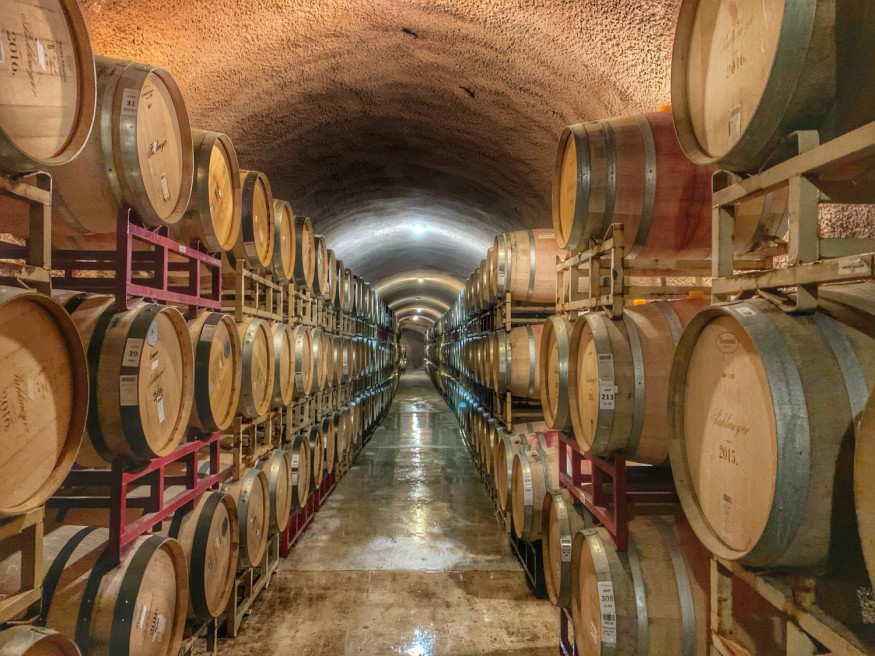Mimi Casteel, the owner of Hope Well Wine, had a difficult summer in 2020. Wildfires raged throughout Oregon, not far from the acreage she rented to cultivate over 20 acres of grapes. The smoke was so severe that she had to turn off her home's fire alarms. For days, a dark cloud loomed on the horizon.

"The fires were not very close together, but they were intense enough and lasted long enough that we were enveloped in dense smoke for more than a week," Casteel explained. She was selling around 80% of the fruit she grew at the time, but a wildfire last year created smoke taint, which is when grapes absorb smoke and impair the quality of the wine they make
"They walked out on their contracts," she added, referring to all of her major clients. Casteel lacked smoke insurance to cover her damages, which she believed to be in the $300,000 range.
Oregon Wine Industry

When Oregon's wine industry began to expand in the 1960s, the traditionally temperate state appeared to be a perfect location for producing grapes for a range of wines, including chardonnay and pinot noir. "Almost as soon as that identity was starting to be acknowledged we were confronting a loss of it."
The industry is becoming significantly riskier due to the effects of the climate catastrophe. According to the Oregon climate assessment published in January, the total area burned during the 2020 wildfire season was the largest in Oregon's recorded history.
According to the analysis, temperatures will continue to rise, and wildfires will intensify exponentially.
Related Article : Food Prices May Rise as Fertilizer Shortage Worsens in North America
A Likely Situation
It's a narrative that's being told all around the world. Wine grapes are farmed worldwide, including Europe, South America, and Africa. However, as the climate crisis worsens, bringing more catastrophic wildfires, warmer summers, milder winters, and unpredictable frosts and rains, wine production is altering.
Grapes are one of the most vulnerable crops to climate change. Warming temperatures have been beneficial to certain growers, at least in the near term. Changes in weather patterns, early springs, and droughts push wine production to the poles. Vineyards may be found up in Norway's Flatdal area. Vineyards in nations like England have been prospering as Europe's temperatures have risen.
According to a 2021 research, the climate crisis will increase the frequency of droughts in Croatia, which Trifunovi describes as difficult as producers attempt to work around shifting precipitation patterns. "Even the oldest vines are suffering from excessive heat and a lack of rain," he explained.
Winemakers Assessing the Climate

In recent years, climate-focused wine clubs have popped up to assist winemakers in navigating climatic concerns. The Porto Protocol, a non-profit organization dedicated to making the wine business more sustainable, provides its members with resources to address climate issues.
Members may also learn from one another, according to Marta Mendonça, Porto Protocol's manager. Those who live in locations that have endured dry seasons and water shortages for a long time, for example, might advise on irrigation systems and grape varietals that can grow with less rainfall.
"When it comes to combating climate change, there is no time or resources to waste. We have to fight as an industry jointly and collaboratively," Mendonça remarked.
For more Agricultural News, don't forget to follow Nature World News!
© 2025 NatureWorldNews.com All rights reserved. Do not reproduce without permission.





